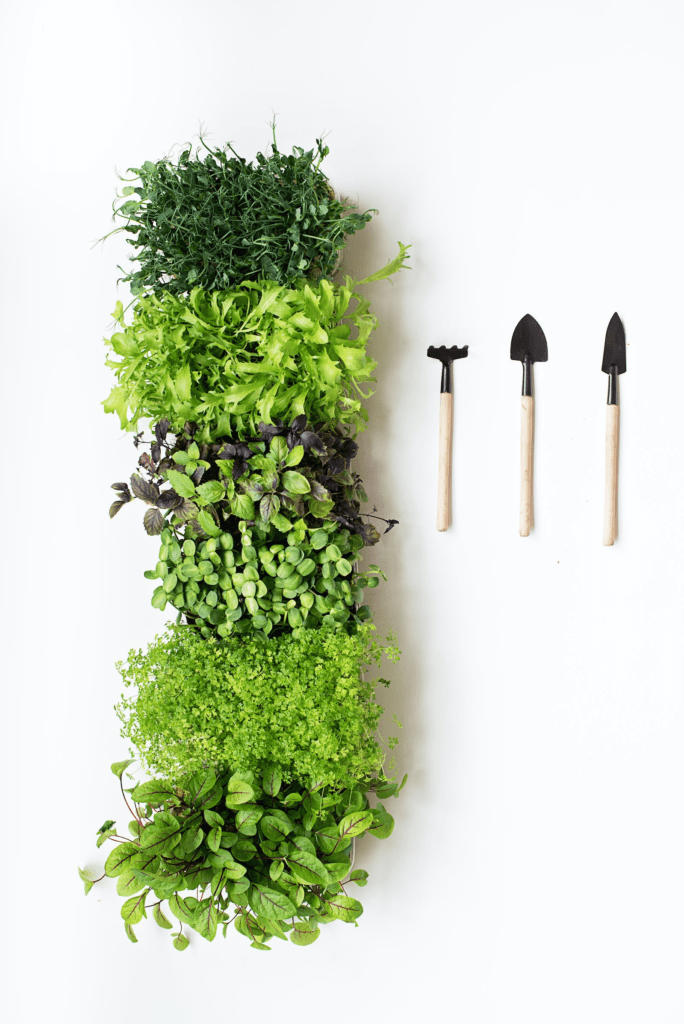
In today’s fast-paced world, the desire for fresh, home-grown produce has led many individuals to turn their attention to indoor herb gardening. Growing herbs indoors not only provides a convenient source of aromatic and flavourful additions to your culinary creations but also offers a therapeutic and rewarding gardening experience. With the right approach and care, you can enjoy a bountiful herb garden right in your own living space, regardless of the season. This article will guide you through how to grow your own herb garden indoors, covering everything from what you need to get started, how to care for your herbs, and the feasibility of year-round greenery at your fingertips.
Getting Started: What You Need
Before embarking on your indoor herb gardening journey, it’s important to gather the necessary supplies to ensure your herbs thrive. Here’s a list of items you’ll need:
Herb Seeds or Seedlings: Start by selecting the herbs you’d like to grow. Popular choices for indoor gardening include basil, mint, rosemary, thyme, parsley, and chives.
Containers: Choose containers with drainage holes to prevent overwatering. Consider using individual pots or a larger planter with multiple sections, allowing you to grow various herbs in a single container.
Potting Mix: Opt for a well-draining potting mix, preferably one specifically formulated for herbs or vegetables.
Light Source: Since indoor environments might not offer sufficient natural light, you’ll need a reliable light source. LED grow lights are ideal for promoting healthy growth.
Watering Can: A small watering can or spray bottle will help you provide the right amount of moisture to your herbs.
Fertilizer: Select a balanced, water-soluble fertilizer suitable for herbs and follow the recommended dosage.
Trays or Saucers: Place trays or saucers under your containers to catch excess water and prevent water damage to your indoor surfaces.
Pruning Tools: Keep small gardening scissors or pruning shears handy for maintaining the growth of your herbs.

Caring for Your Indoor Herbs
Successfully growing herbs indoors requires a combination of proper care, attention, and a bit of knowledge. Here’s a step-by-step guide to help you maintain a thriving indoor herb garden:
1. Planting:
Fill your containers with the chosen potting mix, leaving about an inch of space from the rim.
Gently sow the herb seeds or place the seedlings in the soil according to the recommended spacing for each herb.
2. Light:
Place your containers near a south-facing window to maximize natural light exposure.
If natural light is limited, supplement with LED grow lights. Position the lights a few inches above the plants and adjust their height as the herbs grow.
3. Watering:
Herbs prefer evenly moist but not waterlogged soil. Water the herbs when the top inch of soil feels dry to the touch.
Ensure proper drainage by using containers with drainage holes and emptying excess water from trays.
4. Temperature and Humidity:
Most herbs thrive in temperatures between 60°F to 75°F (15°C to 24°C).
Indoor environments tend to be drier, so consider increasing humidity by misting the herbs with water or using a humidity tray.
5. Pruning and Harvesting:
Regularly pinch off or trim the tips of your herbs to encourage bushier growth.
Harvest leaves as needed but avoid removing more than a third of the plant at once to maintain healthy growth.
6. Fertilizing:
Feed your herbs with a balanced, water-soluble fertilizer every 4-6 weeks, following the instructions on the packaging.
Be cautious not to over-fertilize, as this can lead to excessive foliage growth with reduced flavour.

Growing Herbs Year-Round Indoors
One of the most appealing aspects of indoor herb gardening is the potential to enjoy fresh herbs year-round, regardless of the outdoor climate. However, there are a few considerations to keep in mind:
Light Availability: While indoor herbs can indeed grow all year round, they require adequate light. During the darker months of winter, supplementing with grow lights becomes even more crucial to ensure healthy growth.
Temperature Control: Maintaining a stable indoor temperature within the preferred range for herbs is essential. Keep your herbs away from drafts and extreme temperature fluctuations.
Herb Selection: Some herbs are better suited for indoor cultivation than others. While hardy herbs like mint, thyme, and rosemary are more likely to thrive, others like basil might require extra attention during winter months.
Pest Management: Indoor plants can still be susceptible to pests. Regularly inspect your herbs for signs of pests like aphids or spider mites and take appropriate action if necessary.
Rotation and Rest: To prevent exhaustion of soil nutrients and encourage continued growth, consider rotating your herbs between indoor and outdoor settings if possible.

Conclusion
Indoor herb gardening offers a wonderful opportunity to savour the joys of gardening year-round while enhancing your culinary creations with a fresh burst of flavours and aromas. Armed with the right supplies, knowledge, and a touch of care, you can transform your living space into a thriving herb haven. From selecting the right herbs and containers to providing adequate light, water, and care, every step you take contributes to the success of your indoor herb garden. So, roll up your sleeves, get your hands dirty, and embark on a journey of homegrown goodness that will keep your kitchen vibrant and your dishes truly delectable with year-round greenery at your fingertips

Leave a Reply